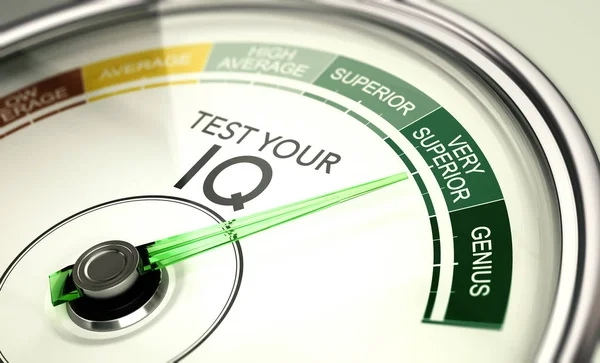
Meet the Horseshoe Crab: The Living Fossil with Blue Blood That Has Outlasted Five Mass Extinctions!
2025-01-14
Author: Ling
The Unique Biology of the Horseshoe Crab
The most remarkable feature of the horseshoe crab is undoubtedly its cobalt-blue blood, which is a result of the protein hemocyanin. This copper-based compound performs the same crucial role as hemoglobin in mammals, transporting oxygen effectively throughout the crab’s body. This adaptation allows horseshoe crabs to thrive in a range of aquatic habitats, from shallow coastal waters to deeper ocean environments.
In addition to transportation, the blood of horseshoe crabs possesses impressive antibacterial properties that have garnered the attention of the healthcare industry. The Limulus Amebocyte Lysate (LAL) test, derived from this blue blood, is an essential tool in detecting bacterial endotoxins in vaccines and various medical devices, ensuring the safety and efficacy of countless products. This unexpected link between a prehistoric creature and modern medicinal practices underscores the marvels of evolution.
A Survivor of Cataclysms: The Five Mass Extinctions
Spanning over 450 million years, the horseshoe crab's evolutionary history is a testament to its remarkable adaptability. Throughout this immense timespan, it has lived through five major mass extinction events that decimated vast swathes of life on Earth:
1. The End-Ordovician extinction (445 million years ago) 2. The Late Devonian extinction (375-360 million years ago) 3. The Permian-Triassic extinction (252 million years ago) 4. The Triassic-Jurassic extinction (201 million years ago) 5. The Cretaceous-Paleogene extinction (66 million years ago)


 Brasil (PT)
Brasil (PT)
 Canada (EN)
Canada (EN)
 Chile (ES)
Chile (ES)
 Česko (CS)
Česko (CS)
 대한민국 (KO)
대한민국 (KO)
 España (ES)
España (ES)
 France (FR)
France (FR)
 Hong Kong (EN)
Hong Kong (EN)
 Italia (IT)
Italia (IT)
 日本 (JA)
日本 (JA)
 Magyarország (HU)
Magyarország (HU)
 Norge (NO)
Norge (NO)
 Polska (PL)
Polska (PL)
 Schweiz (DE)
Schweiz (DE)
 Singapore (EN)
Singapore (EN)
 Sverige (SV)
Sverige (SV)
 Suomi (FI)
Suomi (FI)
 Türkiye (TR)
Türkiye (TR)
 الإمارات العربية المتحدة (AR)
الإمارات العربية المتحدة (AR)